
CONVENT OF ST AGNES
The 13th-century Convent of St Agnes of Bohemia (Klášter sv. Anežky) is an impressive Gothic building closely tied to Czech state- hood. Daughter of Czech King Přemyšl Ottokar I, Princess Agnes chose a spiritual life and founded a convent here in 1234 for the Poor Clares, an order of nuns associated with the Order of St Francis. However, it was Agnes’s diplomatic skills and work in establishing the convent which raised Bohemia in the eyes of Rome, as much as any courtly efforts to do the same. Restored in the 1980s to its original splendour, the convent is now part of the National Gallery and exhibits its collection of medieval and early Renaissance art.
NEED TO KNOW
![]() U Milosrdných 17 • 778 725086 • www.ngprague.cz • Open 10am–6pm Tue–Sun • Adm
U Milosrdných 17 • 778 725086 • www.ngprague.cz • Open 10am–6pm Tue–Sun • Adm
![]() Gardens open 10am–10pm daily (Nov–Mar: to 6pm)
Gardens open 10am–10pm daily (Nov–Mar: to 6pm)
- Visitors can visit and relax in the two renovated cloister gardens that are complemented with sculptures by leading artists. Entry is free.

1. Strakonice Madonna
This larger-than-life, 700-year-old statue of the Virgin and Child is the Czech National Gallery’s most prized possession. The gestures of the Madonna are strikingly rigid, and evoke the Classical French sculpture found in places such as Reims Cathedral.
2. Zbraslav Madonna
Bohemia’s most celebrated Marian painting is evocative of Byzantine icons in its style. The ring on the Madonna’s left-hand finger symbolizes the church through the mystical marriage between Christ and the Virgin Mary. The work was moved to the Convent of St Agnes from the Cistercian Zbraslav Monastery where the majority of the Přemyslid kings were laid to rest.
3. Vyšší Brod Altarpiece
The 14th-century cycle begins with the Annunciation, then proceeds through the Adoration of the Magi to Pentecost. The creator of these beautiful panels is unknown.
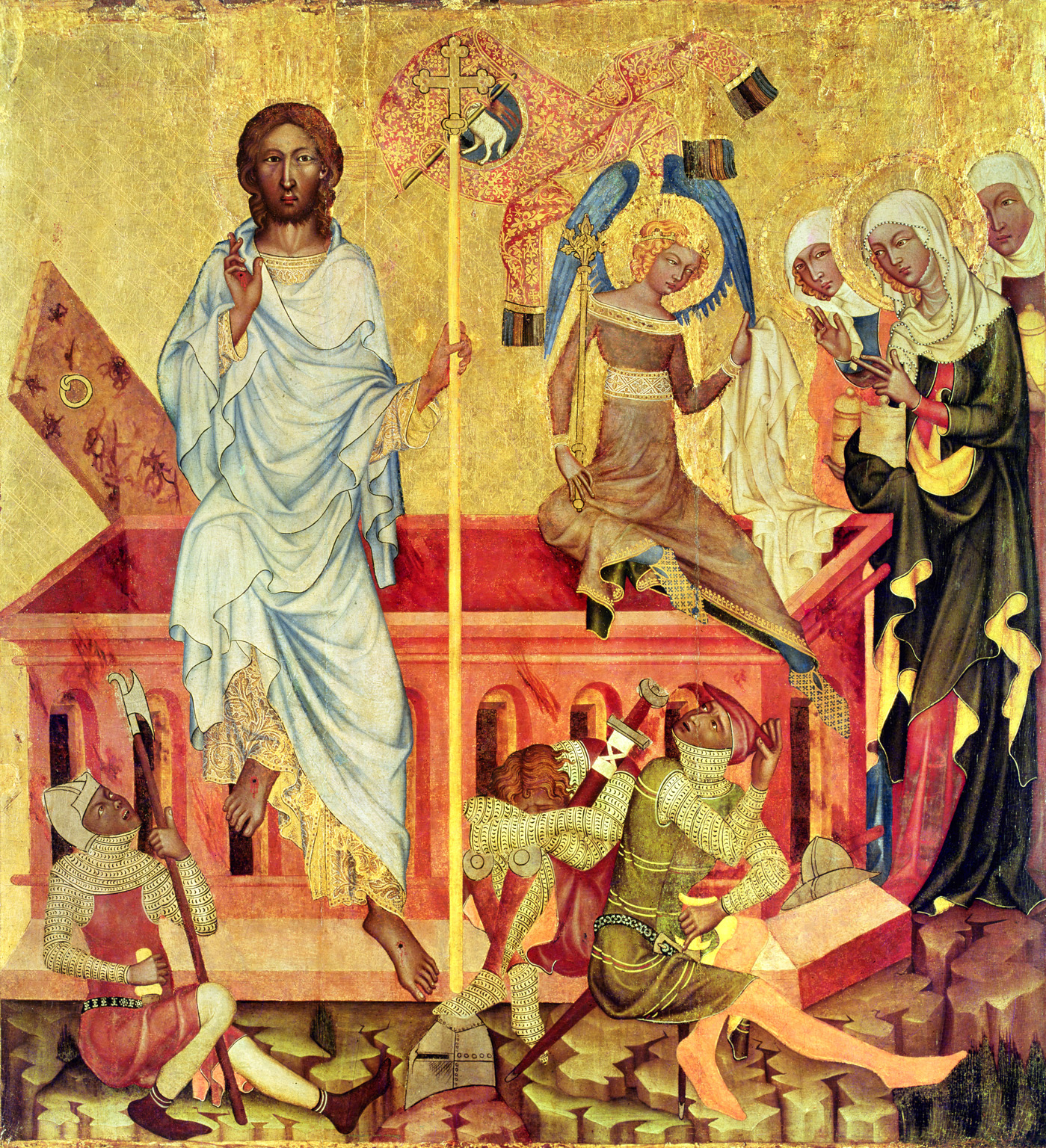
4. Works of Master Theodoricus
Parts of an altar set on loan from Karlštejn Castle, these works include St Charlemagne, St Catherine, St Matthew, St Luke, St Ambrose and St Gregory.
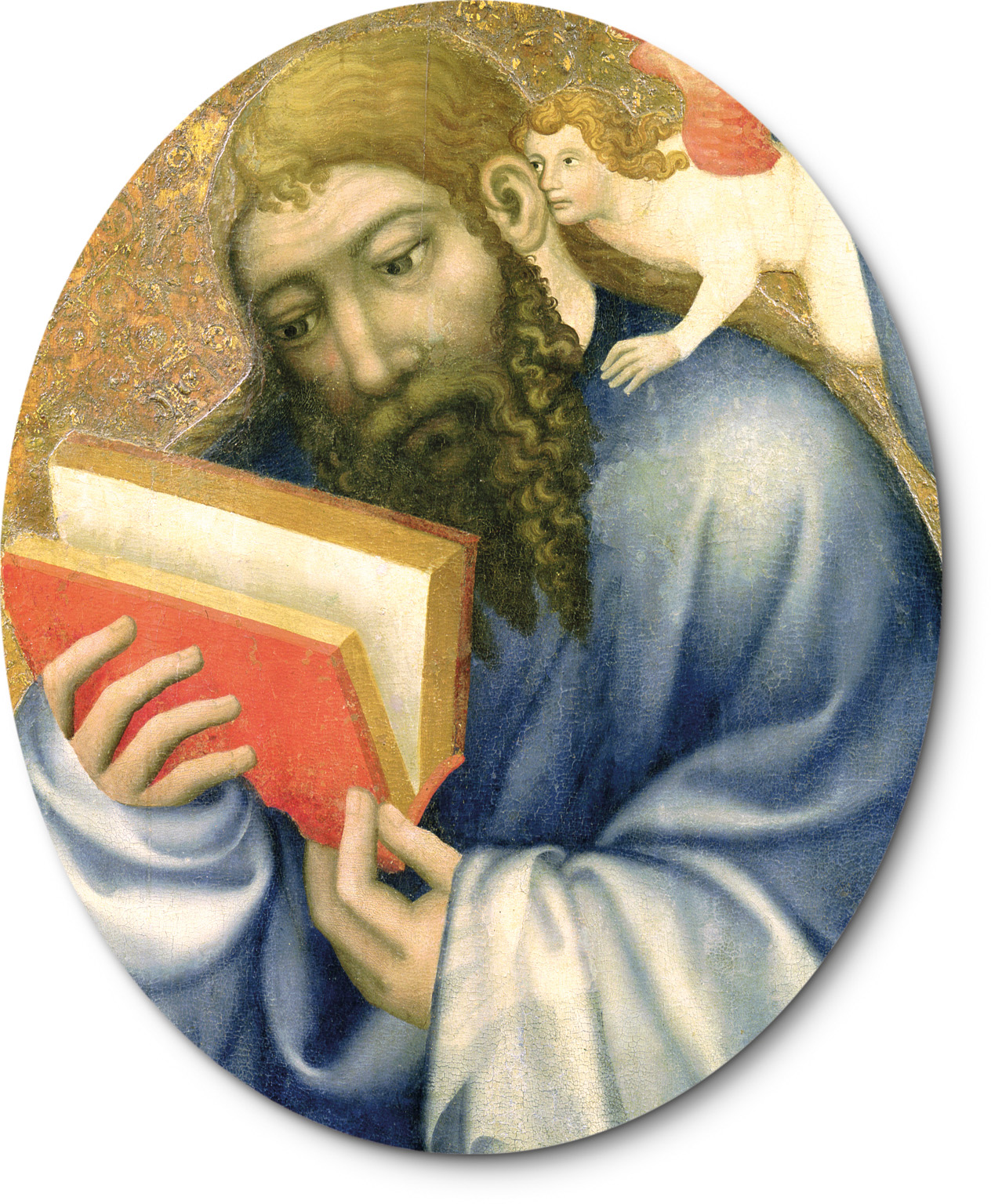
5. Puchner Altarpiece
St Agnes gave up a life at court to pursue a spiritual vocation. On this 15th-century altarpiece, she is typically depicted nursing the sick.
6. Třeboň Altarpiece
Only three of the five double-sided panels of the 14th-century retable Třebon Altarpiece have survived to the present day.

7. Capuchin Cycle
The origin of these 14 panels is unknown. The Virgin Mary is flanked by St Peter on the left and Christ on the right.
8. Velhartice Altarpiece
Originating in south Bohemia around 1500, this is a rare example of a completely preserved altar. Beneath the Madonna, cherubs hold the vera icon.
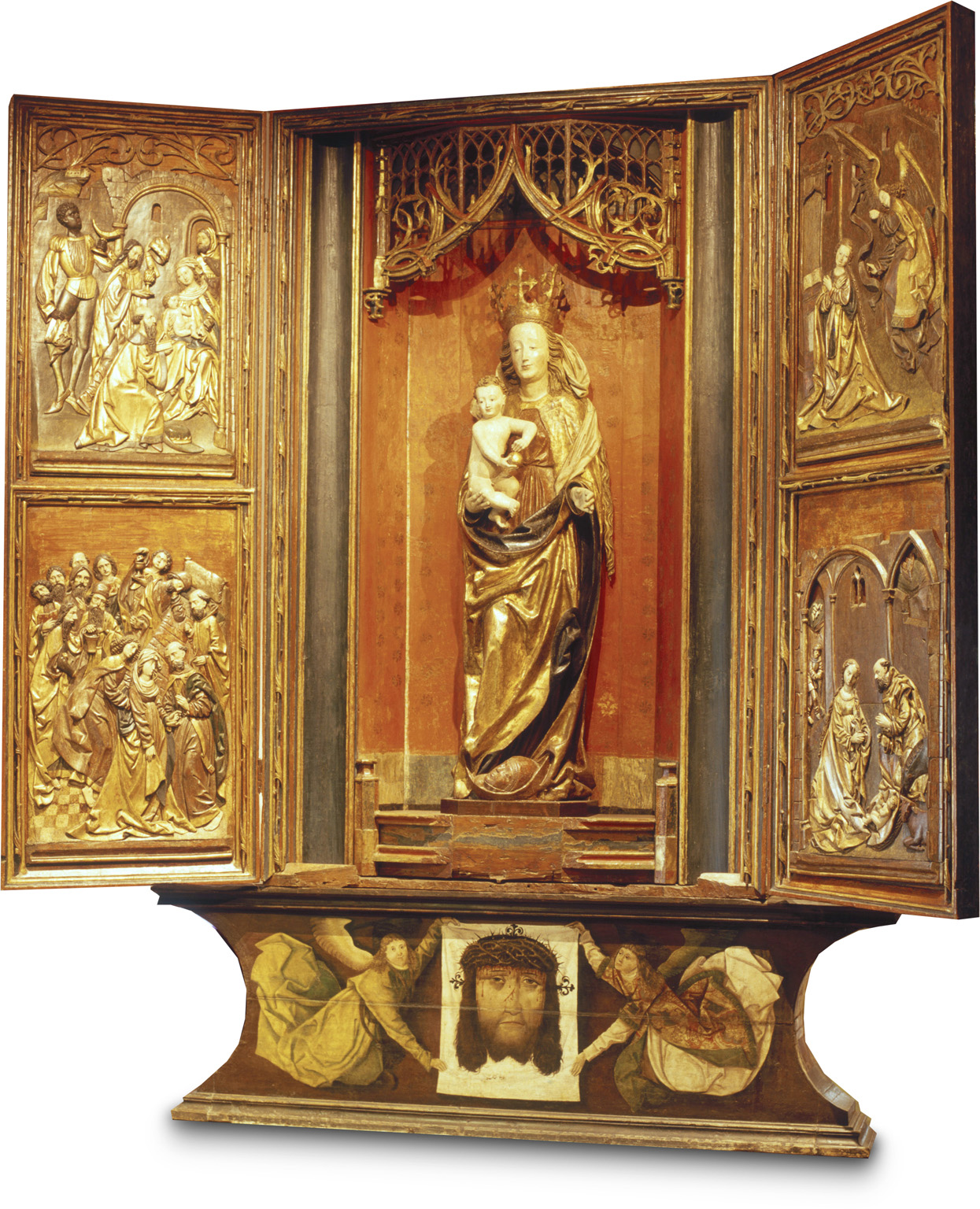
9. Martyrdom of St Florian
Albrecht Altdorfer created this painting as part of a multipanel altar featuring scenes from the legend of St Florian. Other pieces from the series are in Florence.
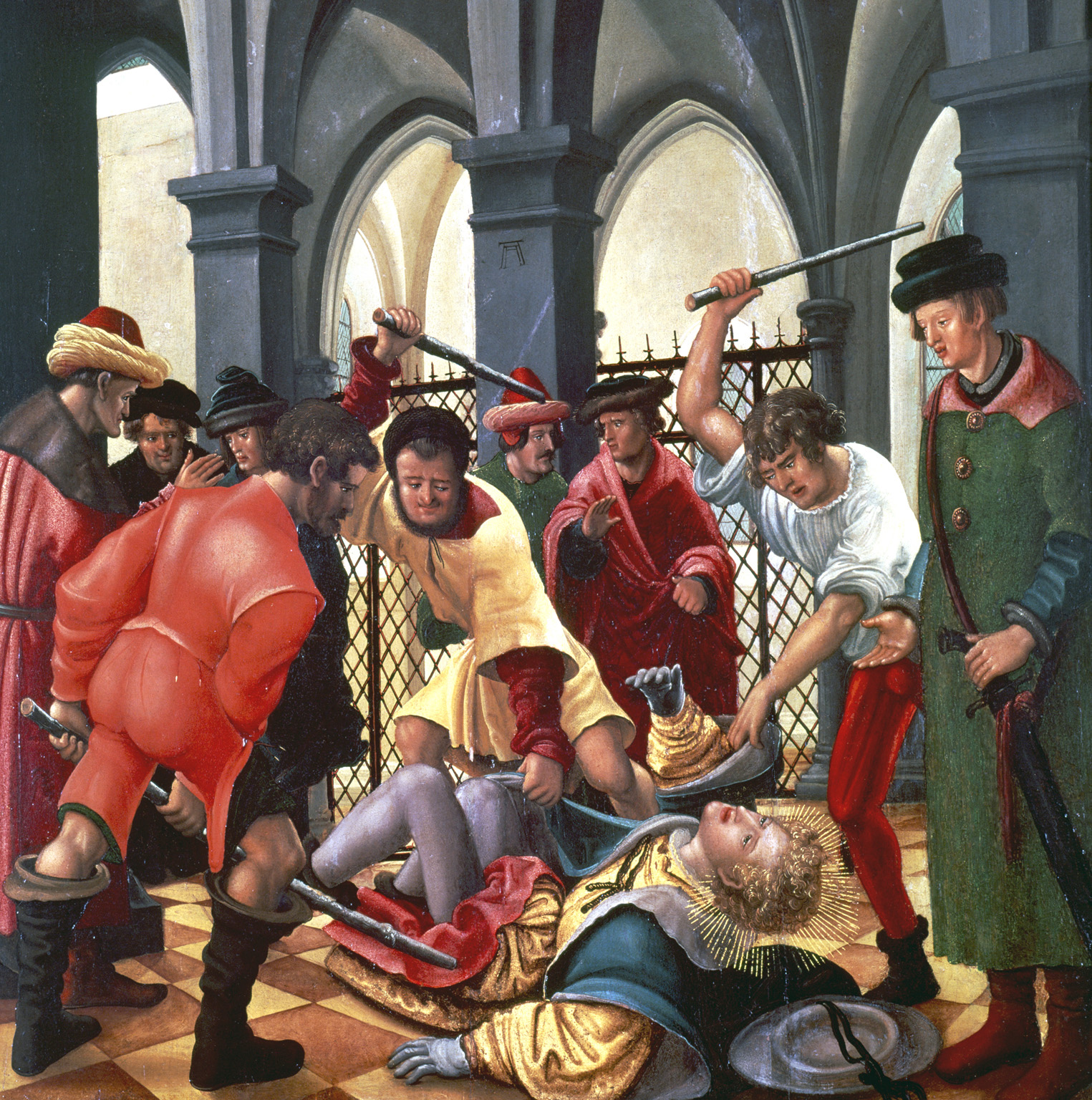
10. Apocalypse Cycle
Although Albrecht Dürer is considered the foremost German Renaissance artist, he is best known to many for his woodcuts, such as this series of 15, which date from 1498 and retain a strong Gothic flavour.
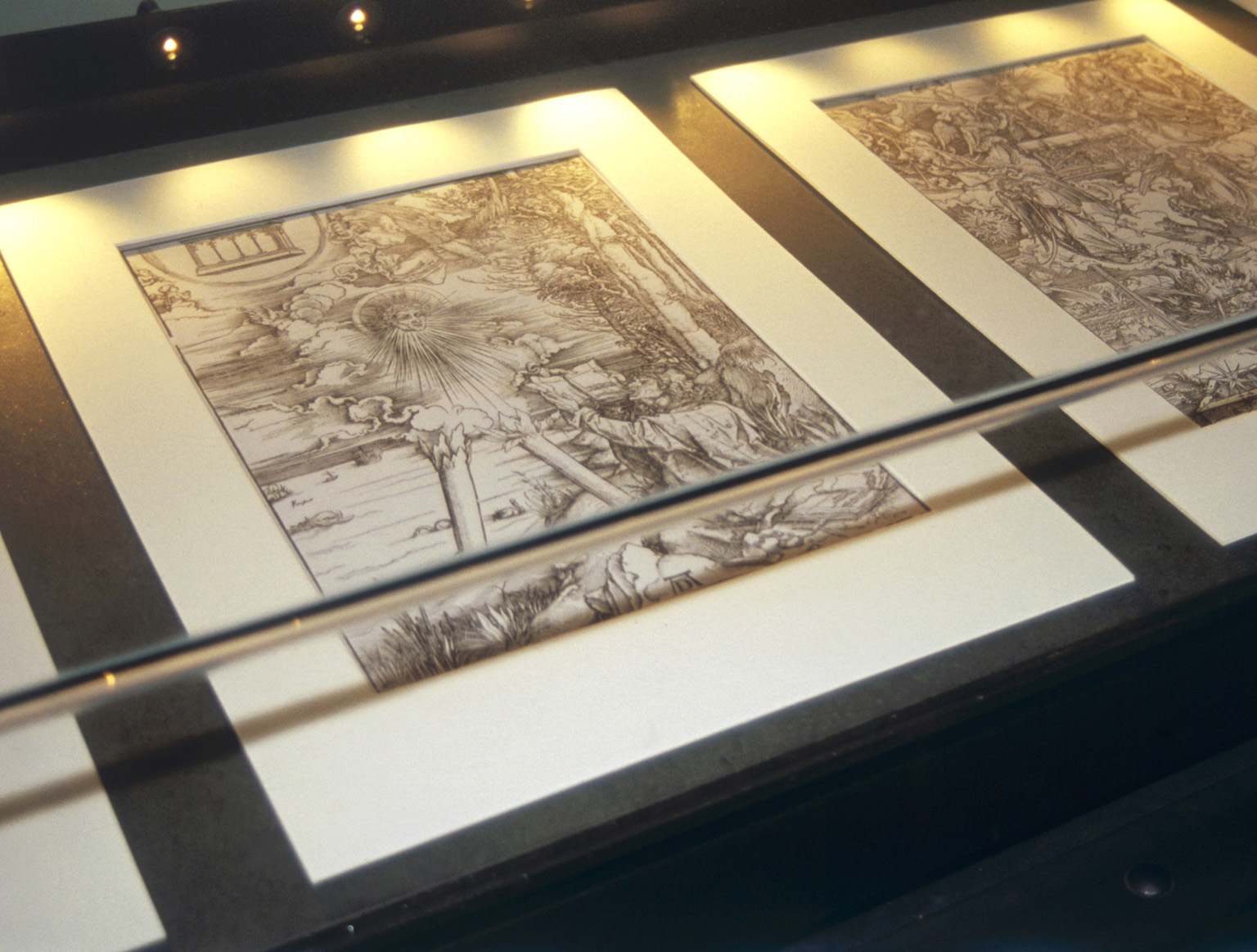
ST AGNES OF BOHEMIA
St Agnes of Bohemia was a powerful figure in medieval politics. Gregory IX granted special privileges to her convent and his successor Innocent IV sent priceless relics to be housed there. Agnes died in 1282, but her influence on Czech statehood was felt centuries later when, in 1989, Pope John Paul II canonized her; five days later, the Velvet Revolution began.
